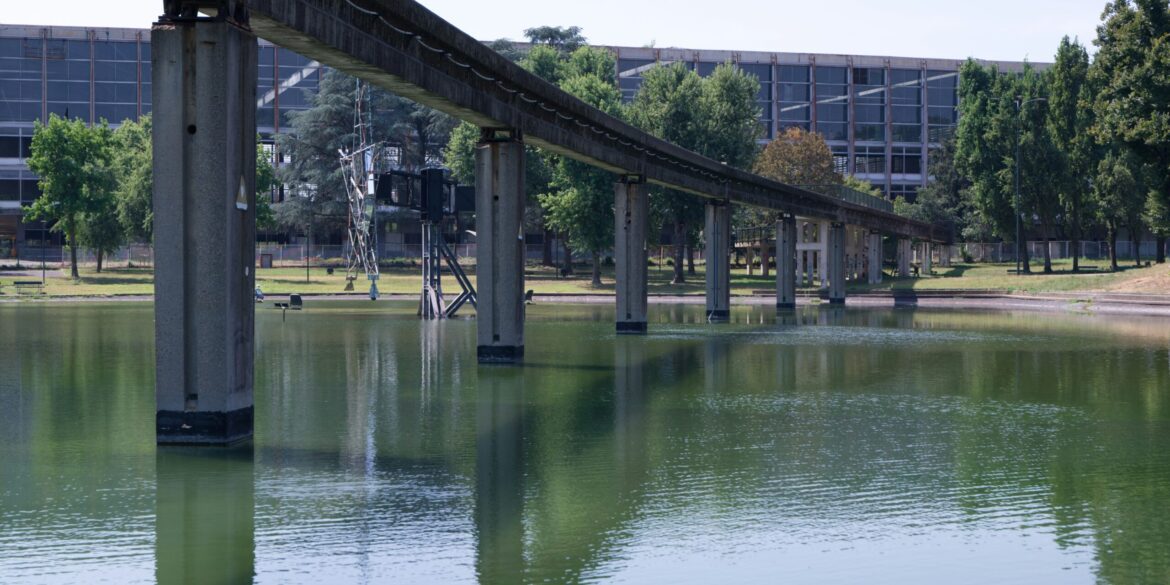In an ambitious response to climate change and its increasingly severe impacts on urban flooding, San Antonio has launched a groundbreaking initiative designed to mitigate runoff, improve water quality, and enhance green spaces in the city. On June 10, 2025, the city unveiled a comprehensive $30 million green infrastructure plan aimed at addressing the growing problem of flooding in vulnerable neighborhoods while also enhancing the city’s resilience against future climate-related challenges.
This bold initiative, spearheaded by the San Antonio River Authority (SARA), seeks to integrate natural processes into urban planning. The plan includes a range of green infrastructure strategies—such as bioswales, rain gardens, permeable pavements, and expanding tree canopies—aimed at reducing the volume of stormwater runoff that has become a major concern for the city. These eco-friendly solutions are designed not only to improve stormwater management but also to provide multiple environmental, social, and economic benefits.
The announcement of this initiative comes on the heels of a series of heavy rainfall events in early 2025 that caused significant flooding across various parts of San Antonio, including Alamo Heights, Downtown, and the surrounding areas. These weather events underscored the need for long-term, sustainable solutions that go beyond traditional infrastructure to address the unique flooding risks posed by the city’s topography and rapid urbanization.
A Growing Concern: Flooding in San Antonio
San Antonio is particularly vulnerable to flooding due to a combination of factors, including its location within the Texas Hill Country, rapid urbanization, and a historic lack of comprehensive stormwater management. As the city continues to grow and develop, urban sprawl has led to more impervious surfaces like roads, parking lots, and buildings, which contribute to increased runoff during heavy rainstorms. This situation is exacerbated by the region’s varying topography, with the convergence of steep hills and low-lying areas creating natural catch basins where water accumulates and leads to flash floods.
In 2025, the city was hit with a series of torrential downpours that resulted in flash floods, particularly in neighborhoods like Alamo Heights, which were prone to water runoff and poor drainage. The damage from these events highlighted the inadequacy of existing infrastructure and the need for more forward-thinking strategies to manage stormwater. The impacts were felt across the city, with residents experiencing property damage, disrupted daily life, and concerns about the overall resilience of the urban landscape.
In the wake of these flooding events, city leaders and environmental advocates called for action, recognizing that climate change was likely to increase the frequency and severity of such storms. In response, San Antonio set its sights on green infrastructure solutions that could work in tandem with traditional flood control measures to provide a more sustainable and natural approach to managing stormwater runoff.
Green Infrastructure: A Nature-Based Solution to Flooding
The $30 million green infrastructure plan unveiled by the San Antonio River Authority is based on the principles of utilizing nature-based solutions to reduce stormwater runoff, improve water quality, and create a more sustainable urban environment. The initiative includes several innovative approaches, such as:
- Bioswales and Rain Gardens: These natural, vegetated systems are designed to capture and slow down stormwater runoff, allowing it to soak into the ground rather than flowing into storm drains. Bioswales are typically planted with native vegetation and strategically placed along streets, parks, and waterways to intercept runoff from roads and other impervious surfaces. Similarly, rain gardens, which are shallow, planted depressions, are designed to absorb rainwater and reduce the volume of water entering stormwater systems.
- Permeable Pavements: Unlike traditional concrete and asphalt, permeable pavements allow rainwater to filter through the surface and into the soil below. This prevents runoff from accumulating on streets and parking lots, reducing the strain on stormwater systems. The installation of permeable pavements will be a key component of the green infrastructure project, particularly in urban areas where hardscaping is most prevalent.
- Tree Canopy Expansion: Increasing the urban tree canopy is another important strategy in San Antonio’s green infrastructure plan. Trees play a vital role in absorbing rainwater and reducing runoff, as their roots help to retain water in the soil and prevent soil erosion. Expanding the tree canopy in the city not only helps manage stormwater but also provides additional benefits, such as improving air quality, reducing the urban heat island effect, and enhancing the overall aesthetic of the city.
These green infrastructure solutions are designed to complement traditional flood control measures, such as levees and detention ponds, which are often focused on directing water away from the urban environment. By focusing on the integration of nature, San Antonio aims to reduce the amount of stormwater entering the city’s sewer systems and decrease the risk of flooding in the long term.
Community Support and Environmental Advocacy
The green infrastructure plan has been met with strong support from residents, local environmental groups, and city officials. Many advocates for the environment and public health have praised the project for its potential to not only reduce flooding but also enhance the quality of life for San Antonio residents.
“San Antonio’s green infrastructure project is a huge win for our community,” said city council member Sara Garcia, a vocal advocate for sustainable urban planning. “Not only will it help reduce the impact of flooding, but it will also improve air quality, increase green space, and make our city more resilient to the impacts of climate change. This is exactly the kind of forward-thinking initiative that we need to address the challenges of the future.”
Environmental groups such as the San Antonio Conservation Society and local chapters of the Sierra Club have echoed Garcia’s sentiments, emphasizing the long-term ecological benefits of investing in green infrastructure. By incorporating nature into urban planning, these organizations argue, the city will not only mitigate the effects of flooding but also create more sustainable, livable urban environments for residents.
Job Creation and Economic Benefits
In addition to its environmental benefits, the green infrastructure plan is expected to have a positive impact on the local economy by creating thousands of jobs, particularly in construction and environmental management. The project will require significant labor for the installation of permeable pavements, the planting of trees, and the construction of bioswales and rain gardens.
Moreover, as green infrastructure projects continue to expand across the city, San Antonio is likely to see an increase in tourism, particularly in areas like the San Antonio River Walk, where green spaces and water features are already a major draw. The expansion of public green spaces and the improvement of water quality in local rivers and creeks could enhance the city’s appeal to both residents and visitors alike.
A Model for Future Cities
San Antonio’s green infrastructure initiative represents a promising model for other cities grappling with similar challenges related to climate change and flooding. As urban areas across the United States continue to face increasing threats from extreme weather events and rising sea levels, the adoption of green infrastructure strategies will be essential for building more resilient cities.
By investing in nature-based solutions, San Antonio is not only addressing the immediate threat of flooding but also contributing to the global effort to mitigate the effects of climate change. The city’s commitment to creating sustainable, green spaces that manage stormwater while improving residents’ quality of life could set a powerful example for other municipalities looking to address similar environmental challenges.
The Path Forward: Ensuring Long-Term Sustainability
As San Antonio moves forward with its green infrastructure plan, city leaders will need to ensure that the initiative remains sustainable in the long term. This includes securing continued funding for future phases of the project, ensuring that the infrastructure is maintained and upgraded as needed, and fostering partnerships between the city, residents, and environmental organizations.
The success of San Antonio’s green infrastructure project will depend on the collaboration of various stakeholders, including urban planners, environmental experts, local government officials, and community residents. If successful, the project could serve as a model for other cities across the nation, demonstrating how a combination of innovative design, natural solutions, and community involvement can create more sustainable, resilient urban environments in the face of climate change.
Suggested Image: A community-focused image of San Antonio residents participating in the planting of trees and installation of permeable pavements in a local park, highlighting the collaborative nature of the green infrastructure initiative.
By [Your Name], Senior Environmental Correspondent

